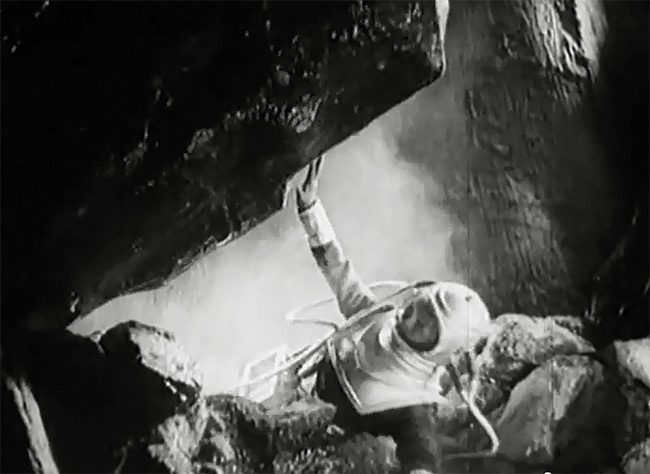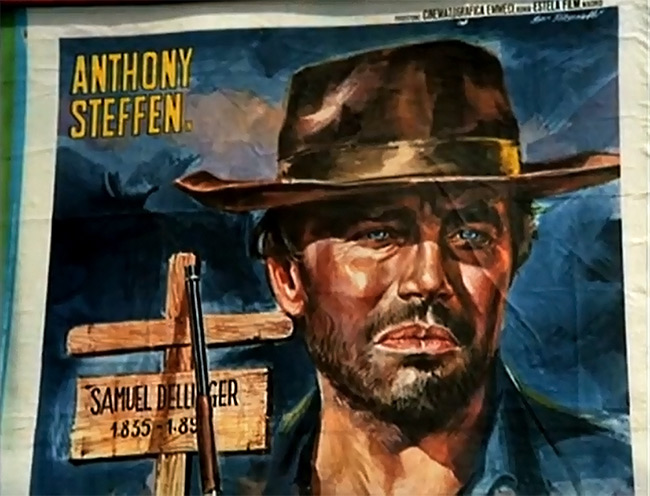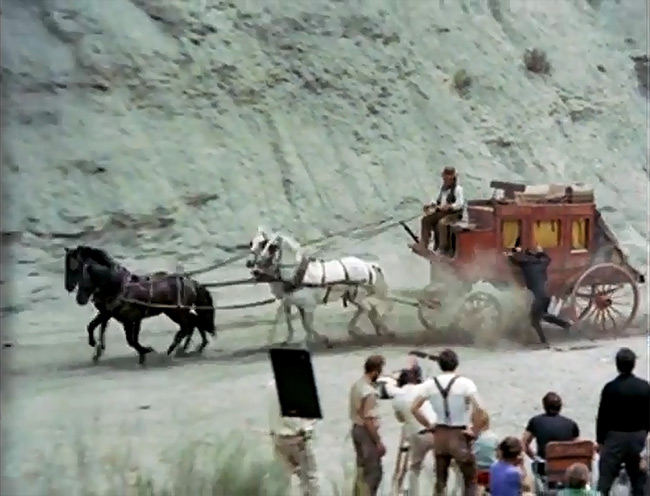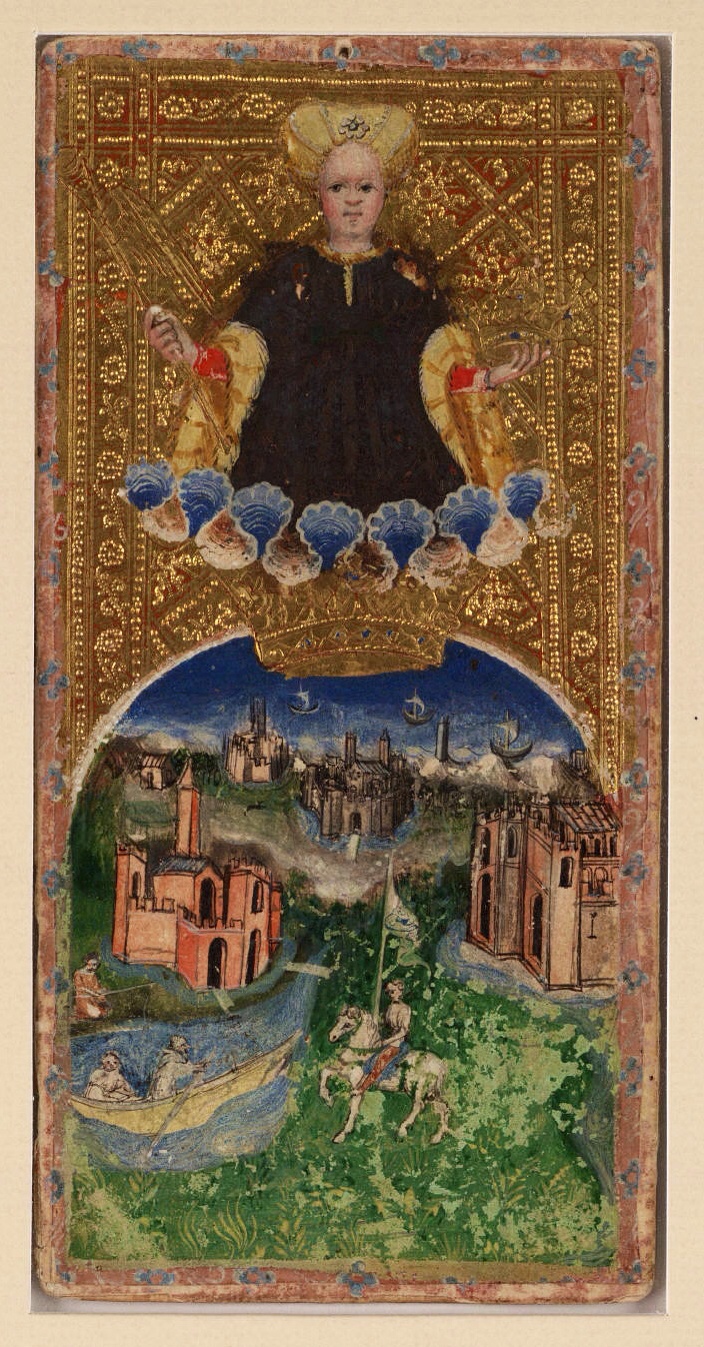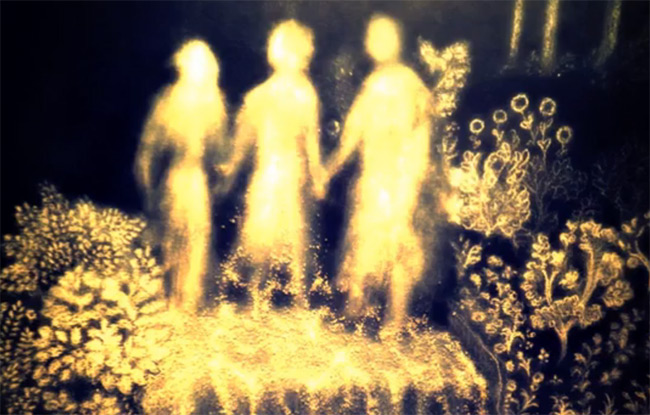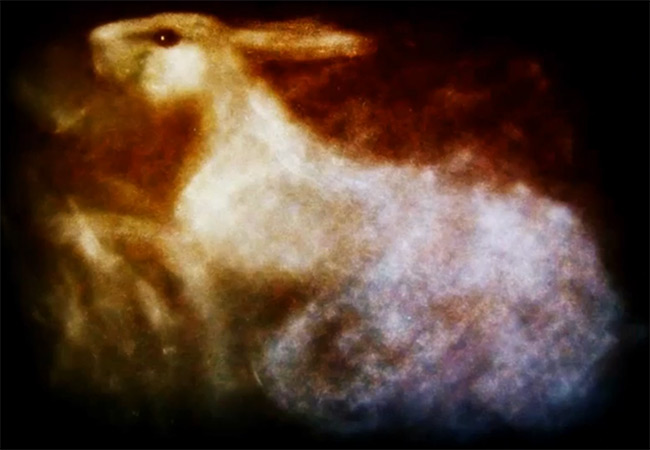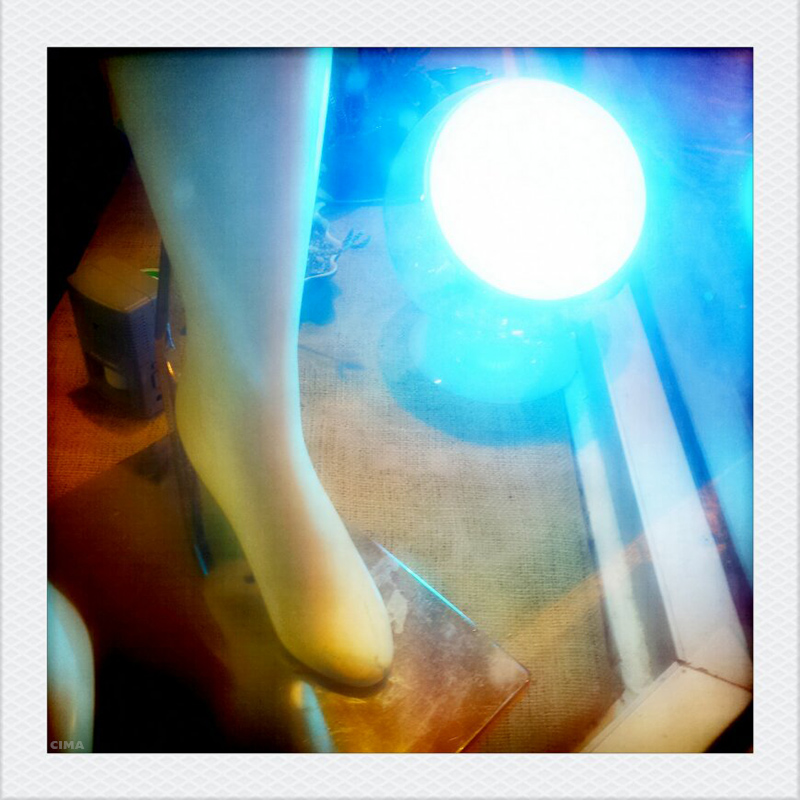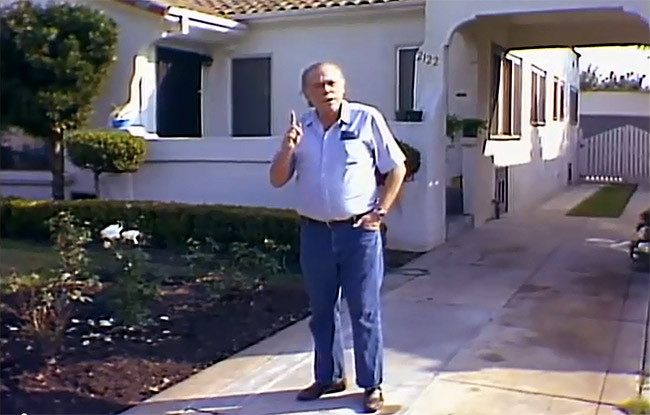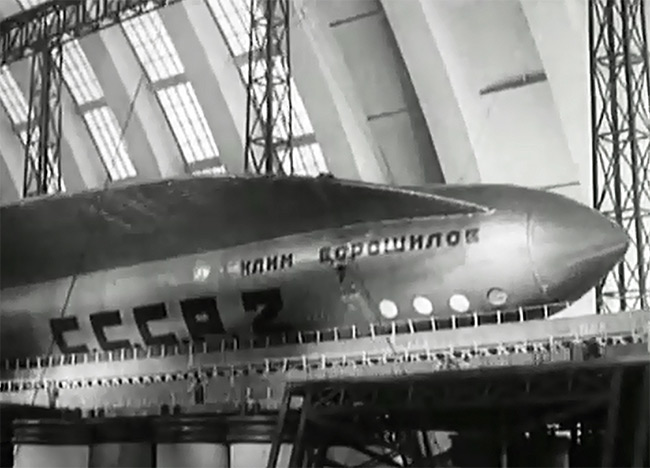
This is an absolutely fascinating and rather beautiful 1936 Soviet science fiction film that foretold how a future 1946 moon mission would work. It’s got incredible zero gravity effects, miniature models of a fantastic space ship on a launch ramp, and very cool technical details like filling the cockpit with fluid to buffer the cosmonauts from launch forces. Then there’s a marvelous sequence on the surface of the moon with excellent stop motion animation inter-cut with live actors. Apparently, the Soviet censors banned the film after a short but successful first run because they felt the cosmonauts were having too much fun on the moon. They were right. These characters go hopping and bounding about with so much joy it’s almost an embarrassment. Citizens of the Soviet Union were not supposed to be happy.
Don’t worry about understanding Russian. The film was shot as a silent and is more or less a completely visual experience.
It was directed by Vasili Zhuravlov, but what’s really most interesting about the production history is that Constantin Tsiolkovski, a Soviet scientist and professor, became enthusiastic about putting some of his theories on space travel into a film. He consulted with the filmmakers in an attempt to lend verisimilitude to the moon voyage. Many years later, Werner von Braun credited Tsiolkovski’s calculations as having been correct.
So here is a old Soviet film that went to great lengths to get many of its details right.
Here is an interesting article about the film.
